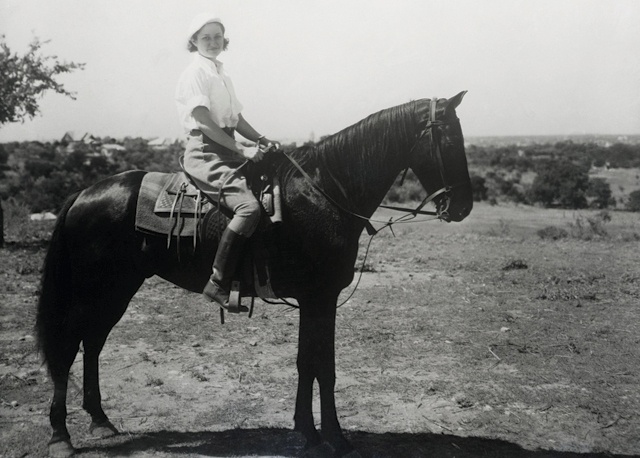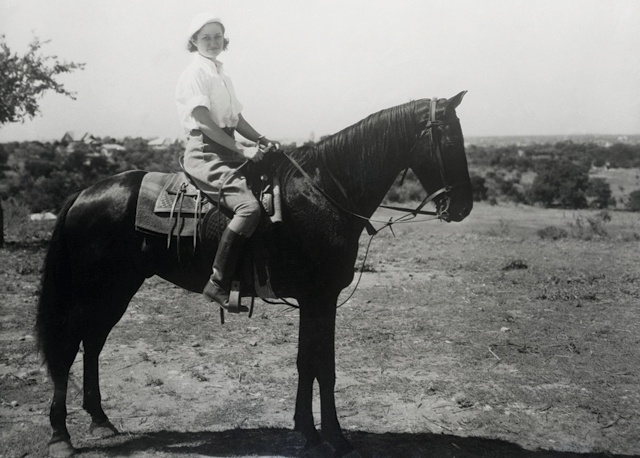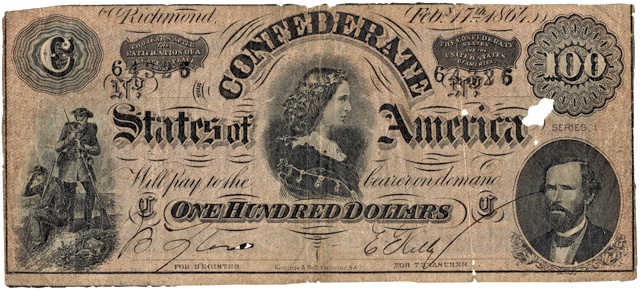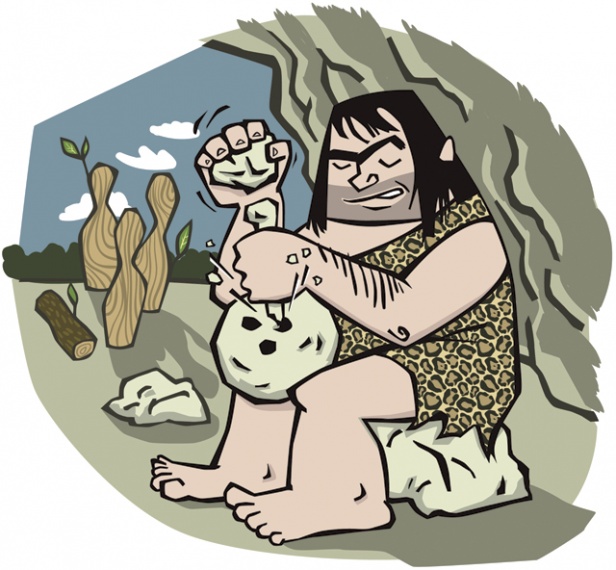Our monthly compendium of things we’ve been wondering about starts off by honoring Lady Bird Johnson on what would have been her 100th birthday. And we make a C-note note of Confederate currency featuring a Texas diva. Then in a roundabout way we take you bowling. If you can spare a moment, check out what we found …
Lady Bird’s 100th Birthday
Lady Bird Johnson, first lady to President Lyndon Johnson and fervent environmentalist, would have turned 100 on December 22.
Claudia Alta Taylor was born in the East Texas town of Karnack, which is served by Panola-Harrison Electric Cooperative. When she was a toddler, she was described by a nursemaid as “purty as a lady bird,” and that became her lifelong nickname.
She graduated from The University of Texas with history and journalism degrees. In 1934, after a whirlwind courtship, she married Lyndon Johnson, and by 1937 she was the wife of a U.S. congressman who played a vital role in the rural electrification of Texas.
As first lady, Lady Bird was instrumental in the creation of the Highway Beautification Act of 1965. Her love of wildflowers led her to create the National Wildflower Research Center in 1982 near Austin that today is named in her honor.
She died in Austin on July 11, 2007, and was buried beside her husband at the LBJ Ranch in Stonewall. The LBJ Presidential Library in Austin will celebrate Lady Bird’s 100th birthday with the opening of new exhibits that come after a major interior redesign.
Know Your Currency Events
Bet you 100 Confederate dollars that you don’t know who Lucy Holcombe Pickens was.
Well, she was a Texan—lived in Marshall—and went on to become quite the flirt throughout the South. But 150 years ago—on December 2, 1862—the Confederate government issued $100 notes bearing her portrait.
She was born in Tennessee in 1832, had some schooling in Pennsylvania and then lived with her family in Marshall between 1848 and 1850. In 1858 she married Francis Wilkinson Pickens, twice a widower, 27 years her senior and also the U.S. ambassador to Russia. In St. Petersburg, Czar Alexander II and Czarina Maria found her to be quite charming, and they showered the couple with gifts.
The Pickens left Russia, and Francis became governor of South Carolina on the eve of the Civil War. Lucy died in 1899, leaving a legacy as the “Queen of the Confederacy” and the only woman to appear on Confederate currency.
Mark Your Calendar with an X
Who among us hasn’t slipped on a pair of damp, ugly rental shoes with ratty laces and then tried to coax a heavy, chipped ball with ill-fitting holes down a greased lane? Bowling is something most of us have done—some more proudly than others.
In any case, you might be interested to know that December 29 will mark the 150th anniversary of when the first wooden bowling ball was made. The details are sketchy, but it was in 1862 that bowling left the stone ages. That’s right: Before that, the balls were roundish stones. In 1905, the first rubber bowling ball was produced.
Arlington is home to the International Bowling Museum & Hall of Fame, and Houston is home to the state’s oldest bowling center (higher-ups in the bowling community don’t want us to call them alleys anymore), AMF Diamond Lanes, which opened in 1911.
By the Numbers
144,000,000 acres in Texas are rural lands, including privately owned forests. That’s 86 percent of the state’s total land area.





